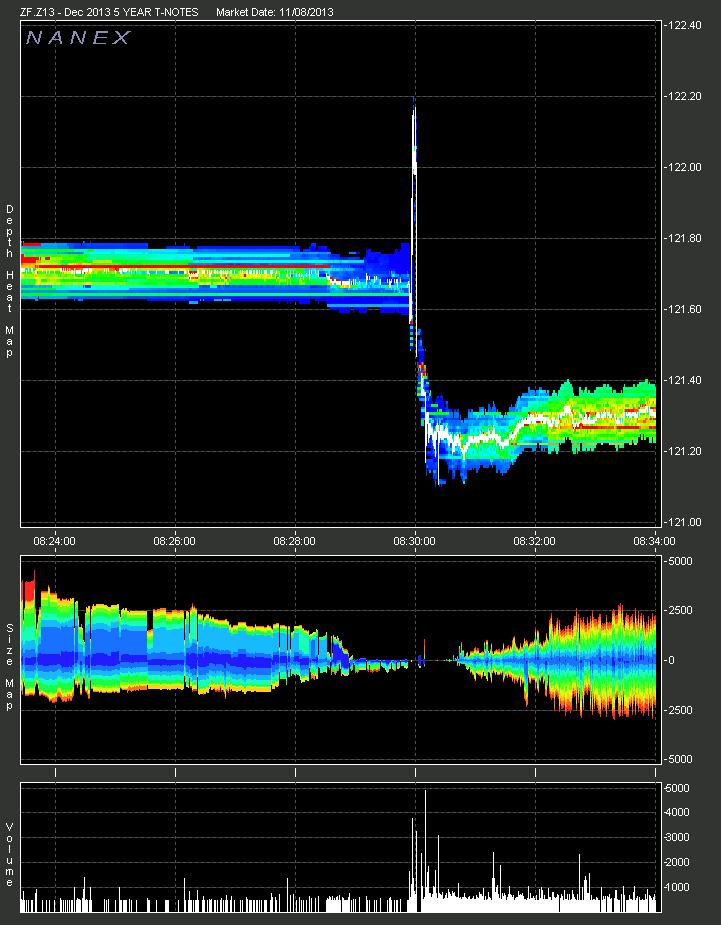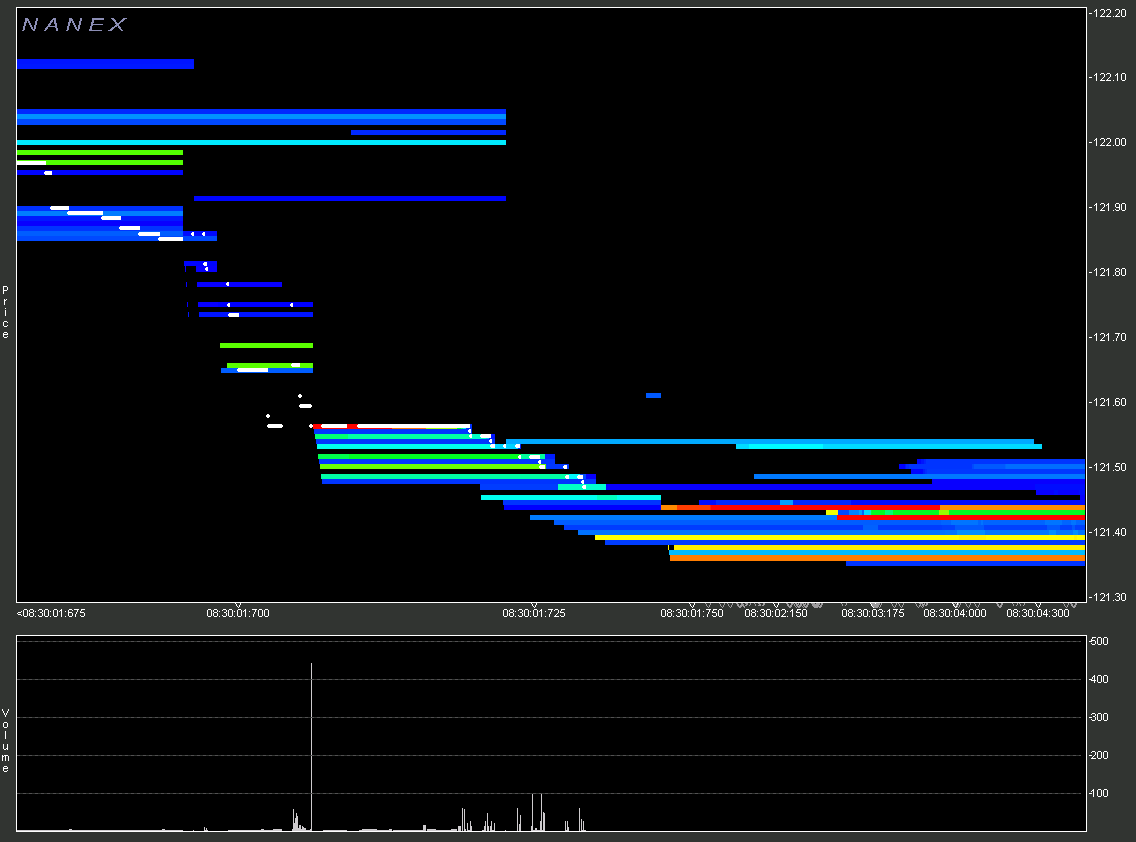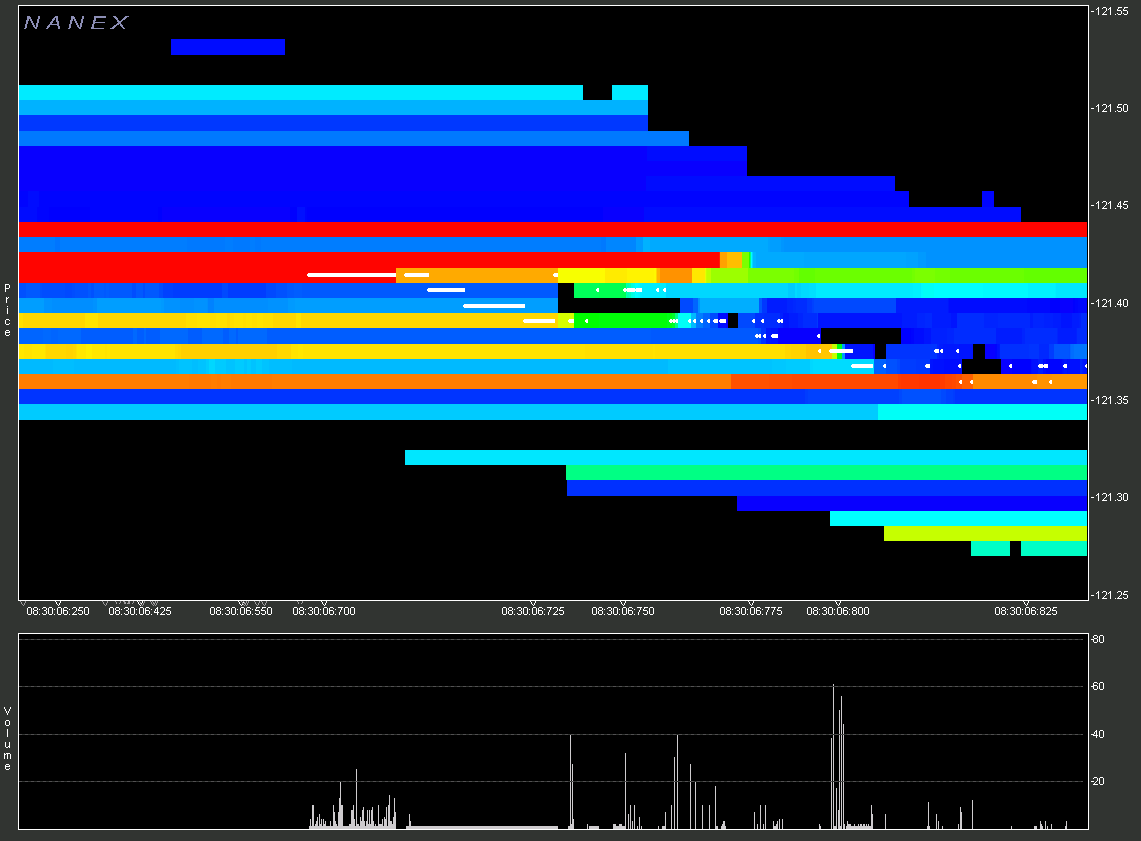Everyone is familiar with the fact that Federal Reserve Chairman Bernanke’s second term as Chairman is drawing to a close. Janet Yellen is widely expected to ultimately be confirmed by the Senate. What is less appreciated is that the Federal Reserve is on the cusp of what may prove to be among the broadest changes in its 100-year old history.
These wholesale changes are an under-appreciated reason that the Bernanke Fed is highly unlikely to announce a new initiative in its short remaining tenure. Indeed, that tenure may be shorter than recognized. The Democrats have a majority on the Senate Finance Committee which points to relatively easy approval. However, her candidacy will likely meet more resistance on the Senate floor, which the Democrats have a majority for final approval, but Republicans may have enough to draw out the process a little.
Yellen will likely get confirmed late this year or in early January. It makes no sense to have to Federal Reserve chairs and Bernanke will likely resign shortly after Yellen’s confirmation. This means that Yellen, not Bernanke, is likely to lead the Fed at the first meeting in 2014 held in late January. Despite concern in some quarters that Yellen is too dovish, we expect her to oversee the tapering of the long-term asset purchases at her second meeting, which would be in March.
In discussions contrasting the Federal Reserve with the European Central Bank, often the dual mandate or the emphasis on core inflation, are emphasized. Yet arguably a more important distinction is the organizational structure. The Federal Reserve has a strong central board and weak representation by the regional presidents. The ECB, in contrast, has a smaller, weaker central board, while the regional presidents are a majority.
There are seven members of Fed’s Board of Governors. It is there were widespread changes are likely in the coming months. Consider, first, that there are two vacancies on the Board at the moment. As Yellen is most likely to take Bernanke’s seat, Bernanke’s departure opens a third seat.
Another Governor’s term (Powell) term expires at the end of January. Often a governor will stay on until a replacement is confirmed. So while Powell may linger a bit, a replacement for him will eventually be made. Governor Stein is under pressure to return to his teaching post at Harvard, where he enjoys tenure. He may resign in the coming months.
Finally, there are reports that suggest that Governor Tarullo and Yellen have a strained relationship. There is some suggestion that Tarullo may also step down. What this means is that of there could be 5-6 new people on the Federal Reserve’s Board of Governors in the period ahead.
In addition to these personnel changes, Dodd-Frank requires that a second vice chairman is named, to oversee the Federal Reserve’s regulatory responsibilities. This indicates that not only will the Board of Governor see dramatic changes, but so will the leadership and structure of the Board of Governors.
As far as we can tell, these sweeping changes are unprecedented. From a macro-economic point of view, and given that the first tapering is likely to be relatively small, say $10 bln, a few months one way or the other, makes little difference.
However, from an institutional point of view, there is little to be gained from Bernanke overseeing the tapering. Indeed, it arguably does more harm than good. It reduces rather than increases the freedom and flexibility of the next Federal Reserve. Moreover, it denies the next Fed of the opportunity to establish anti-inflation credentials and demonstrate its gravitas.
When coupled with the core PCE deflator showing little sign, if any, of moving back toward the Fed’s 2% target; the prospects of more sequester-driven government spending cuts; and possibly another cut in the Fed’s growth forecasts at the December FOMC meeting, these institutional considerations appear to all but rule out tapering while Bernanke is Chairman of the Federal Reserve, despite the better than expected establishment survey of the October jobs report and the inventory accumulation that bolstered the initial Q3 GDP estimate.







via Zero Hedge http://feedproxy.google.com/~r/zerohedge/feed/~3/bhacbdpY1oY/story01.htm Marc To Market
![]()




















